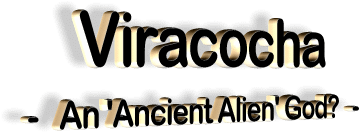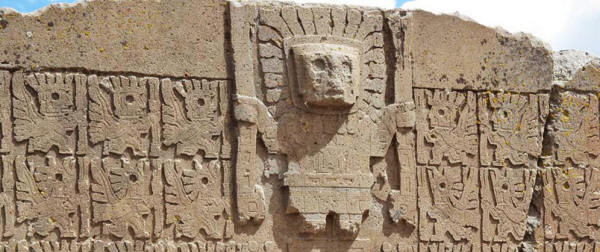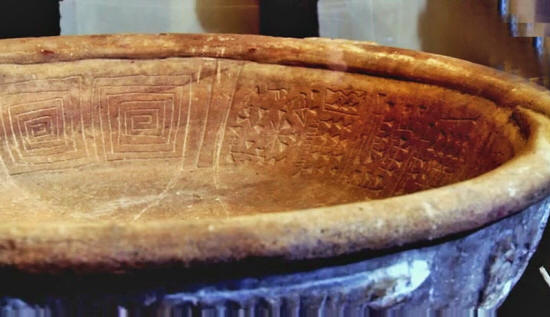|
He was one of the most important deities in the Inca pantheon and seen as the creator of all things and according to legend, Viracocha created the universe, sun, moon, and stars, and even time by commanding the sun to move over the sky.
It is said that Viracocha
even created civilization itself. Viracocha was worshiped as the
god of the sun and of storms.
Viracocha was considered one of the most important, if not the MOST important deity in the Inca culture. According to mythological accounts, Viracocha rose from Lake Titicaca during the time of darkness to bring light.
He made mankind out of
stone, but his first creation were brainless giants that displeased
him.
In 1549, Pedro Cieza de León, a Spanish conquistador was in search of the Inca empire when he and his followers crossed into Bolivia and came upon the ruins of Tiahuanaco located a quarter mile northeast of Puma Punku.
Tiahuanaco is a place few
people have actually heard of, but mainstream archaeologists believe
Tiahuanaco was once the capital of a civilization that had over
40,000 inhabitants at its peak and it was one of the most important
antecedents of the Inca Empire.
Ancient legend suggests that Tiahuanaco was built as a religious site to celebrate the arrival of sky gods at Puma Punku.
During excavations in the 60’s a temple was unearthed at Tiahuanaco, present at this "sunken temple" several odd features are carved on the walls, the most interesting ones are the carvings of several faces, which according to some researchers depict all of the races of mankind:
The question asked here is,
These features are
nothing like the humans that inhabited this area of Bolivia and they
represent almost every shape of human heads/faces on our planet.
Why would the designers
of this statue depict their most important God with features unlike
their own?
The beard, once believed
to be a mark of a prehistoric European influence and quickly fueled
and embellished by spirits of the colonial era, had its single
significance in the continental insular culture of Mesoamerica.
Written on this ceramic
piece you will find, according to some researchers, Sumerian
cuneiform, and Proto-Sumerian hieroglyphs, and this is actually a
big deal because according to researchers, Sumerians and the ancient
people who inhabited Tiahuanaco and Puma Punku were never
connected...
|



